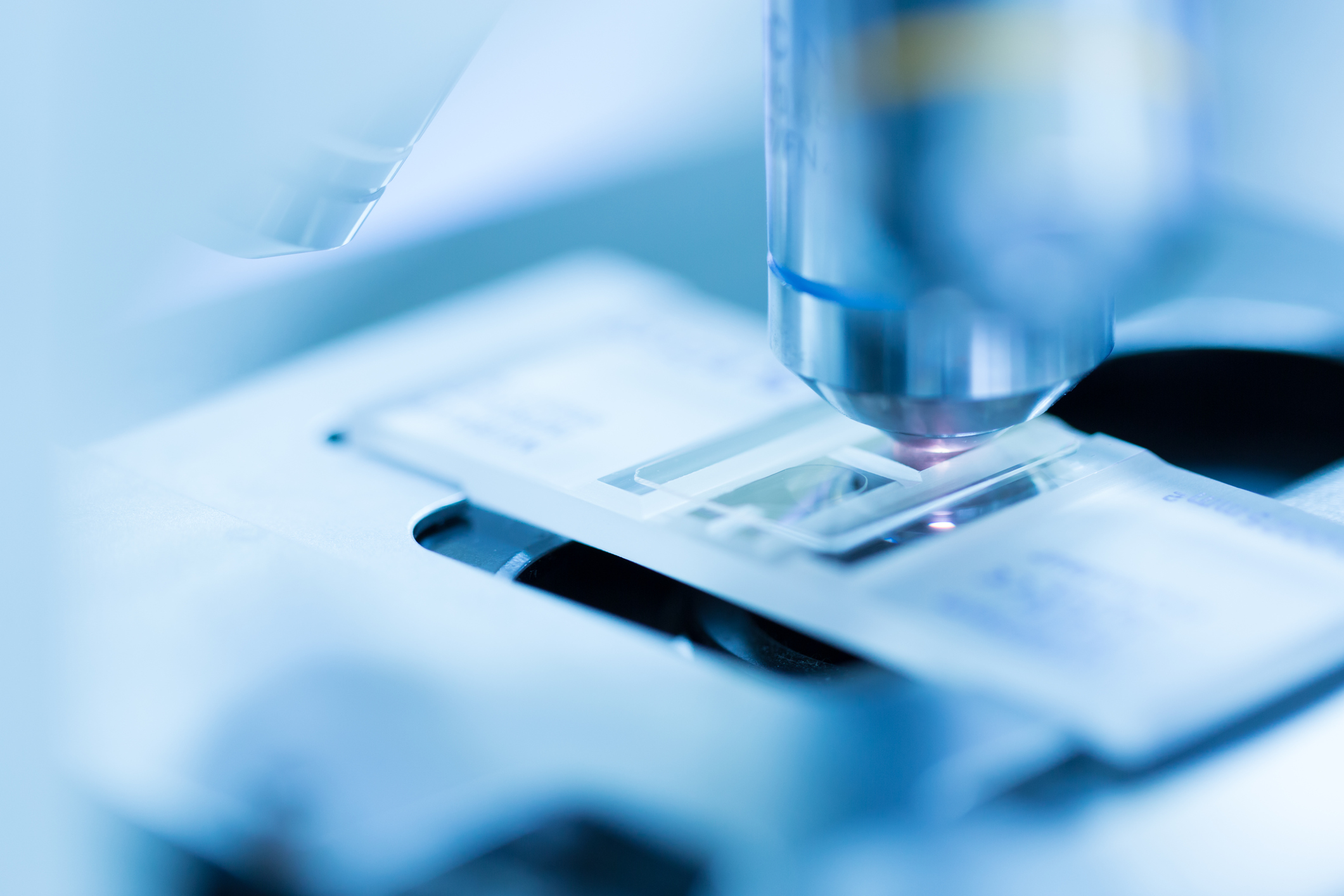Hodgkin’s lymphoma – the work of the doctors at Humanitas won the front cover for the prestigious Journal of Pathology.
Authors of the article include Prof. Carmelo Carlo-Stella , Head of Haematology and Experimental Therapies, Prof. Armando Santoro, Director of Humanitas Cancer Center, and Dr. Luca Castagna, Director of Cellular Therapy.
What aspects are dealt with in the article published in the Journal of Pathology?
The article retraces the most interesting and recent discoveries in the field of both translational and clinical research on Hodgkin’s lymphoma, including therapeutic prospects related to the introduction of new drugs, such as anti-CD30 monoclonal antibodies Brentuximab and anti-PD-1. For the latter, in particular, the Humanitas Cancer Center has recently taken part in an international multicenter Phase 2 study that has just ended.
Hodgkin’s Lymphoma- What results have been achieved thanks to the research?
Hodgkin lymphoma is a malignant tumor of the lymph nodes that can grow from infectious or inflammatory conditions and in the presence of tumor. Hodgkin’s lymphoma is unique among all cancers due to the fact that the malignant cells are far lower compared to cells of the tumor microenvironment. In fact, Hodgkin’s lymphoma has the peculiarity of being constituted by 5% of tumor cells [Reed-Sternberg (RS) cells], and 95% of microenvironment cells such as lymphocytes T and lymphocytes B: a percentage that is “reversed” in other tumor types. “The article published in the Journal of Pathology – explains Prof. Carlo-Stella – traces the milestones of 15 years of studies on Hodgkin’s Lymphoma, focusing on complex interactions between the RS cells and the cell microenvironment.”
“The observation that tumor cells represent only a small percentage of the tumor context, in fact – explains Prof. Carlo-Stella – highlights the importance of the microenvironment in the development and progression of Hodgkin’s lymphoma. The cell of RS weaves a complex web of relationships with different components (cellular and extra-cellular) of the surrounding microenvironment, through interactions and mechanisms not yet completely clarified. It is, however, clear that the RS cell changes the microenvironment to fully develop their malignant phenotype and evade the immune attack on the part of the host.
“So – continued the professor – the cell synthesizes RS chemokines and cytokines that, once released into the microenvironment, are able of countering in a sense the pro-tumor. In turn, the cytokines and chemokines act on the RS cells, increasing its resistance and the capacity for proliferation.”
What are the therapeutic prospects to Hodgkin’s lymphoma?
80% of patients recover with chemo-radiotherapy standard treatment. 20% shows refractory to treatment or tendency to relapse. In these patients, high-dose chemotherapy and autologous stem cells have become the standard of care. For those who do not heal with stem cells, new autologous therapeutic approaches are available, such as the monoclonal antibody anti-CD30 – Brentuximab vedotin and the monoclonal antibody anti-PD-1 receptor – Nivolumab.
“CD30 – explains Prof. Carlo Stella – is an antigen expressed on the surface of the cell membrane of RS. After binding with antigen, the anti-CD30 antibody is internalized into the cell, releasing a cytotoxic molecule.”
Even the inhibitor of PD-1 has shown promising antitumor activity in pretreated patients. “The RS cell – explains Prof. Carlo-Stella – expresses PDL1, whose receptor ligand (PD-1) is located on T cells. Under normal conditions, the cancer cells are attacked by the immune system, which recognizes them as foreign objects in the body. The expression of PD-L1 protein (ligand of PD-1 protein) on the surface of cancer cells allows tumors to escape the identification and subsequent attack of the immune system, and then to continue to grow and proliferate. In particular, the approach of a T cell, PD-L1 binds to a protein that acts as a receptor (PD-1) present on the surface of immune cells, inhibiting the activity of the T-cell.” “This new drug blocks PD-L1, preventing it from binding to PD-1 and preventing the T cells to exert their tumor activity: the T-cells – Carlo-Stella concludes- are then returned to order and regain their cytotoxic capacity against the tumor.”
The full article is available on the website of the Journal of Pathology.
-
3,400 Physicians
-
110,400 Annual surgeries
-
190,400 Annual Inpatient Admissions
-
928,000 Patients


